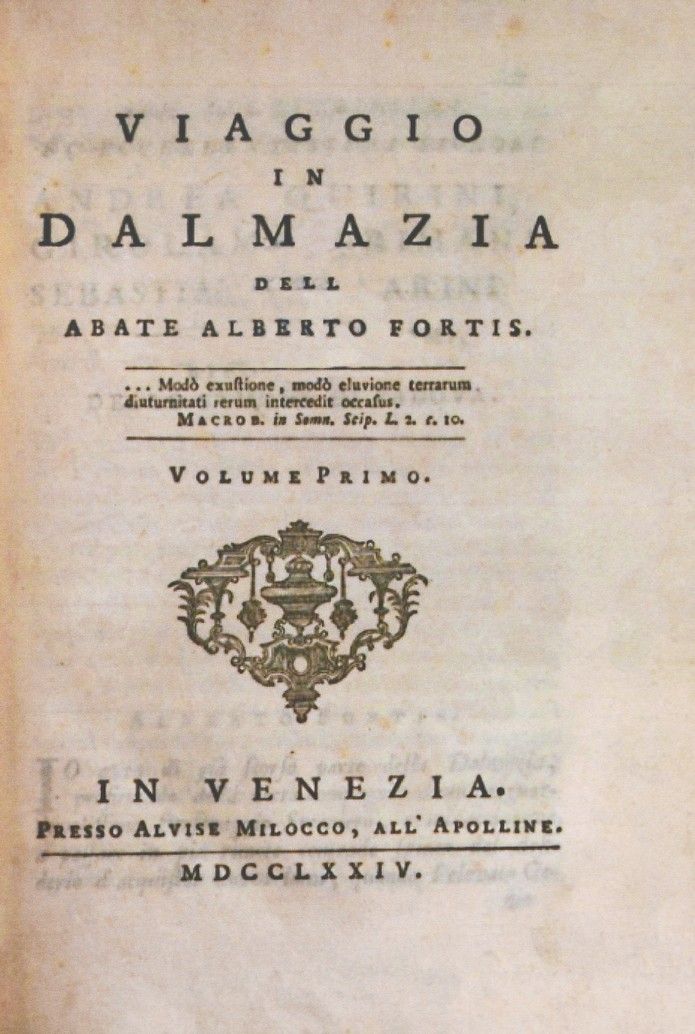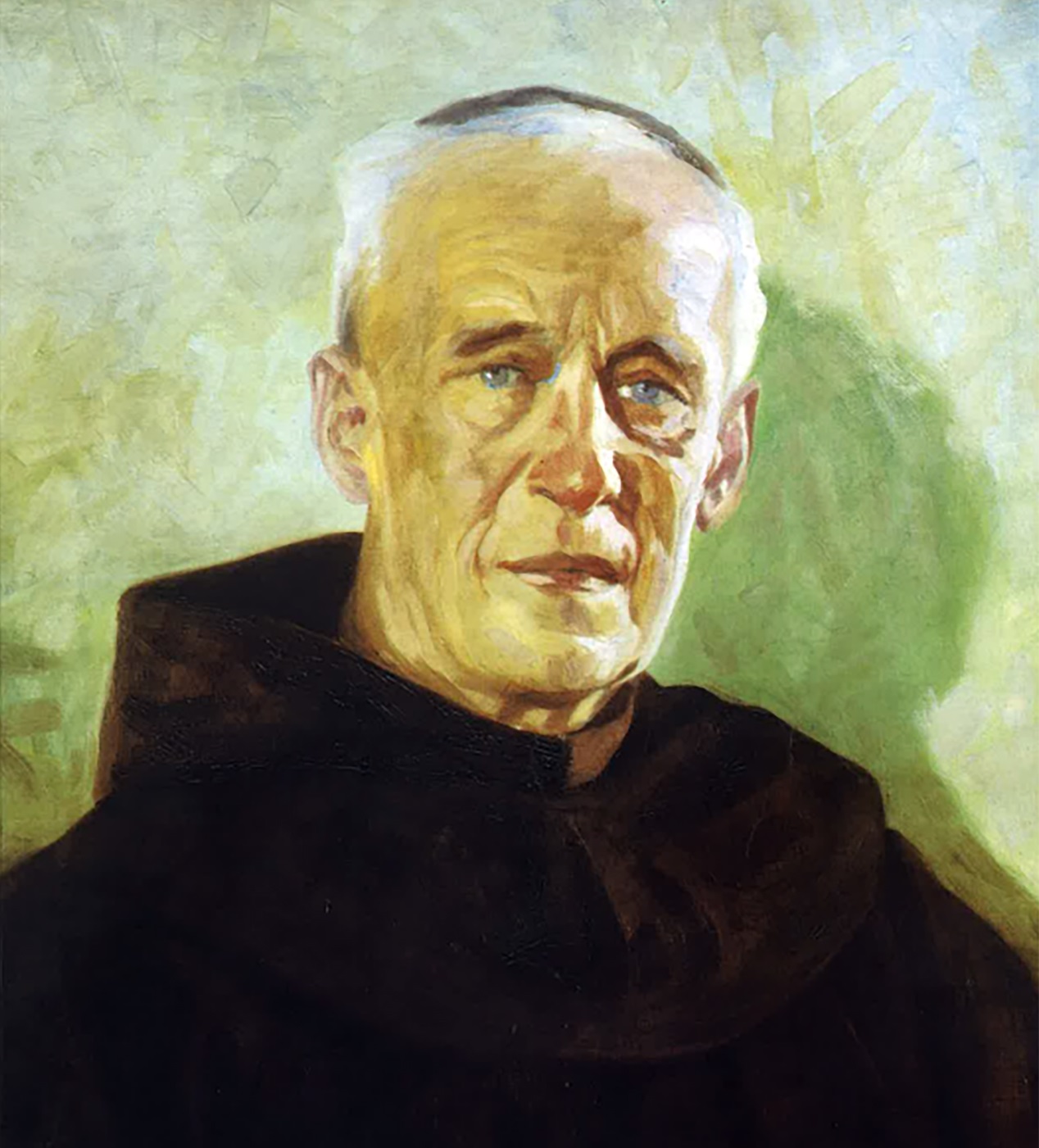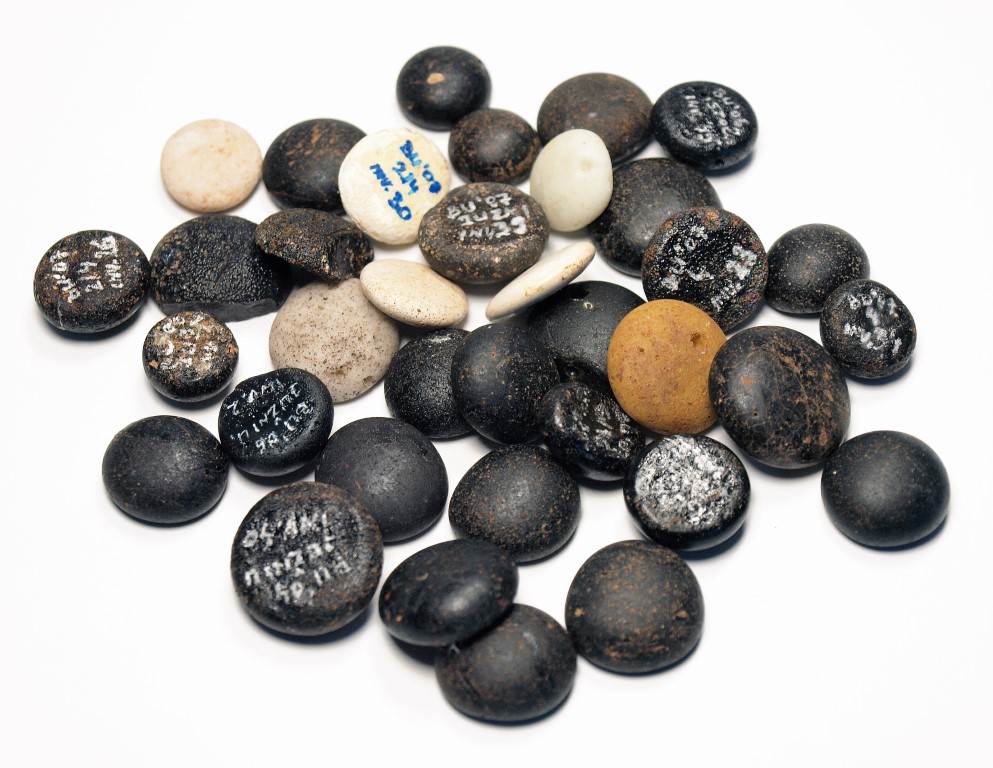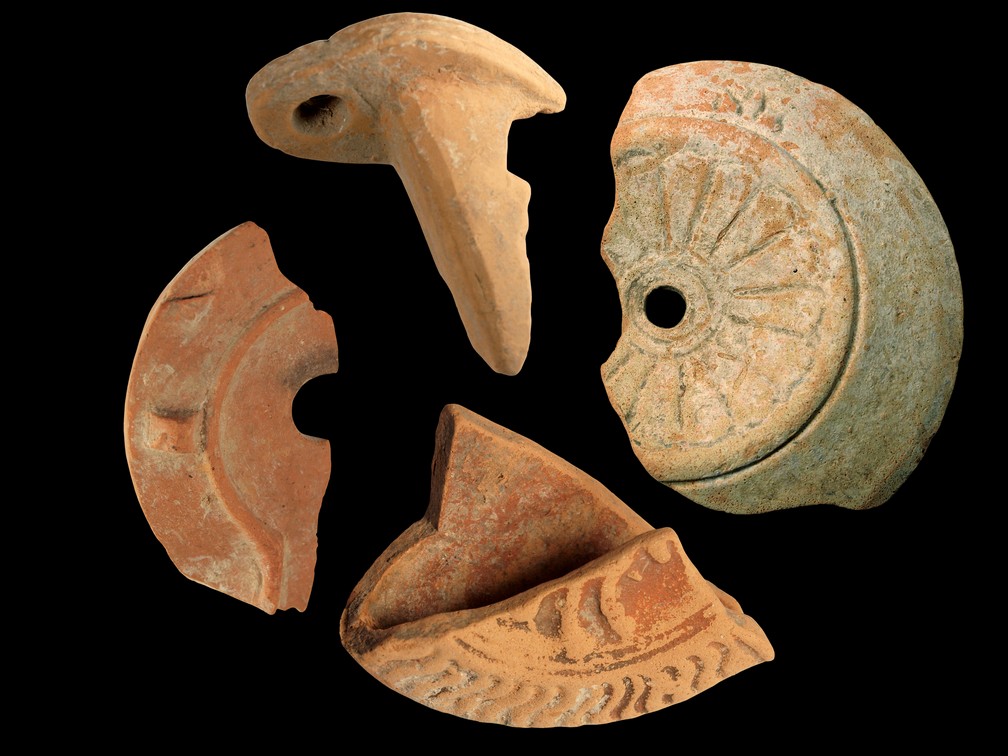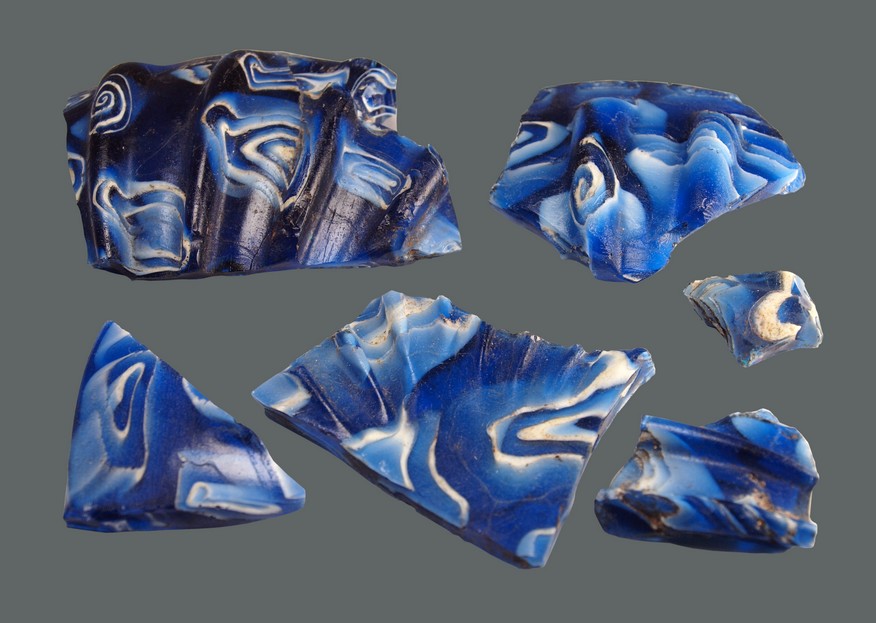The travel writer Alberto Fortis on the Krka River
First travel writer to draw attention to the Krka River and the Dalmatian regions in general
Alberto Fortis was born in Padua in 1741. Although he had already showed an interest in the natural sciences as a child, he entered the Padua seminary and then, at the age of sixteen, joined the Augustinian order. It is assumed that he was ordained for the sake of freedom to research, but it was precisely this priestly vocation that led him on his journey into scientific investigation. Due to conflicts with the clergy, he finally left the priestly service in 1772 in order to dedicate himself to traveling and scientific work.
He travelled throughout all of Europe, and visited Dalmatia on twelve occasions in 1771 – 1773, 1779, and 1783. As a result of his travels, the work Viaggio in Dalmazia (Travels in Dalmatia), was written and published in 1774. Composed in the spirit of the Enlightenment, this work played a very important role in European literature. In his work, Fortis did not limit himself to the natural sciences, but extended his research to folklore, history, and local customs, so he collected transcriptions of inscriptions in Latin, coinage, manuscripts, etc. The graphics, signed by the artist Jakov Leonardi, made on the basis of drawings by Angelo Donati, Fortis’s fellow traveller, are especially valuable. Fortis ended his career in Bologna, where he was appointed director of the Italian Institute. He died in that city in 1803.
On one of his trips, he visited sites on the Krka River, from the upper course to Skradin. In the chapter “About the course of the river Krka or Titius in the ancient writers” in Travels in Dalmatia, he very picturesquely described the Roški slap and Skradinski buk waterfalls with their many watermills, and mentions Roman finds from the area, such as Roman inscriptions, lamps, and coins. He also visited the monastery of The Holy Archangel.
Descriptions of the area of Bobodol, or Čavlinov buk, a waterfall that no longer exists, are of special significance. Fortis reported that a small tufa island was formed above the waterfall, in front of which was Lake Bobodol, which is now dried up. He noted that the islet was constantly growing, which is why water was retained, creating a swamp. Data provided by Fortis about excavations on the aforementioned islet are also very valuable, from which it is clear that an interesting archaeological site, i.e. a Roman sanctuary, was located there. The finds of an architrave with depictions of amphibious animals were attributed by Fortis to a nymphaeum, although based on current knowledge, it was more likely to have been a sanctuary of Neptune.
He paid special attention to the remains of the Roman military camp of Burnum. He recorded that he saw a large amount of stone monuments scattered on both sides of the road at the site, such as dressed stones, columns, Roman inscriptions, and reliefs. He also visited the site of Šuplja crkva (Hollow Church), and noted that he saw three arches, which he misinterpreted as the remains of a triumphal arch. His work was equipped with a very valuable illustration showing the remains of arches. It was noted that not so long ago there were as many as five, but that two were demolished for the stones to be used as building material. Next to the camp, he noticed the remains of a Roman road, and he called the field in the immediate vicinity of the Šuplja crkva (Hollow Church) Trajan’s city or Trajanopolis.
Alberto Fortis is the first travel writer to draw attention to the Krka River and the Dalmatian regions in general. Thanks to his work Travels in Dalmatia, the wider European public for the first time could become acquainted with the country, people, and cultural customs of Dalmatia.

